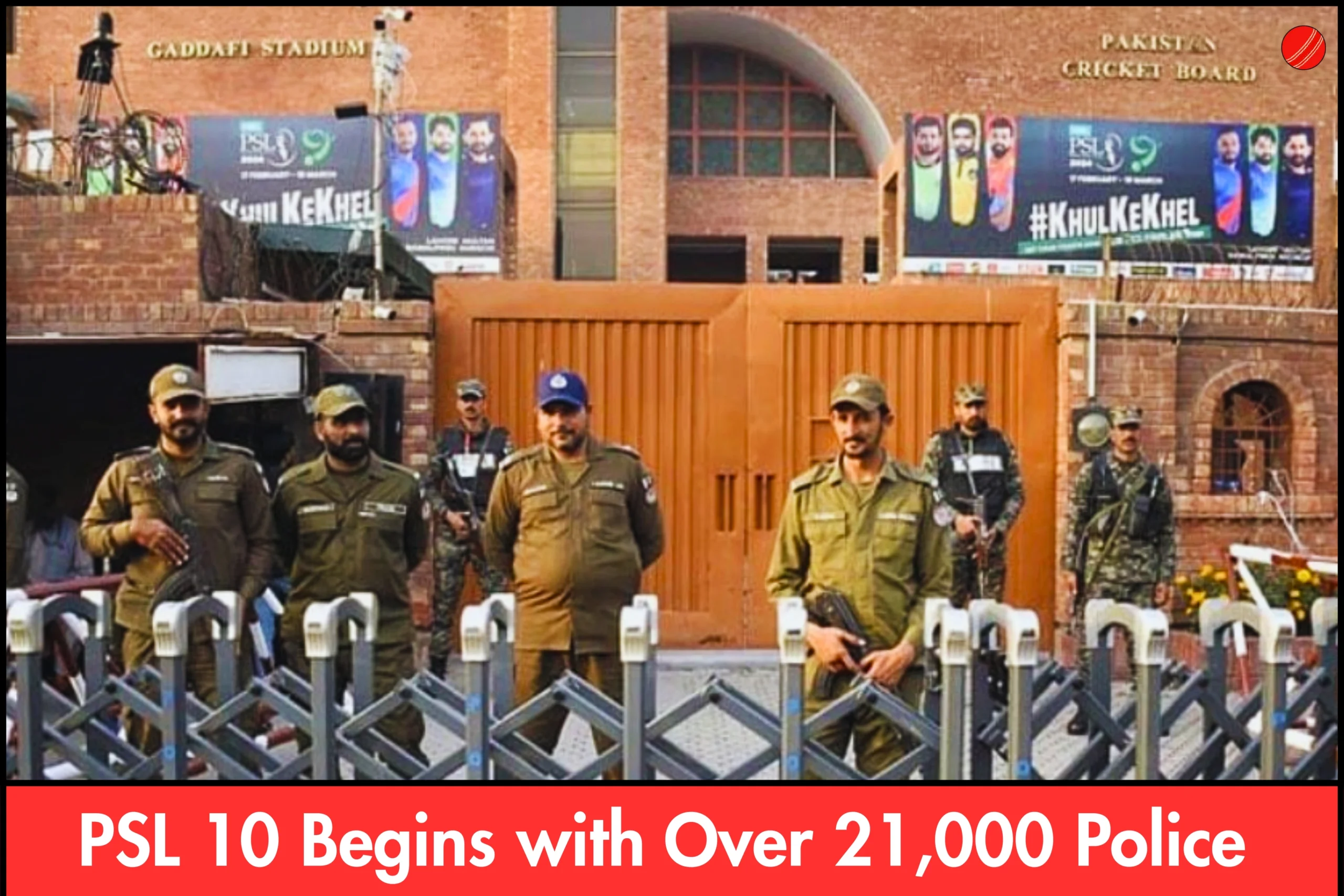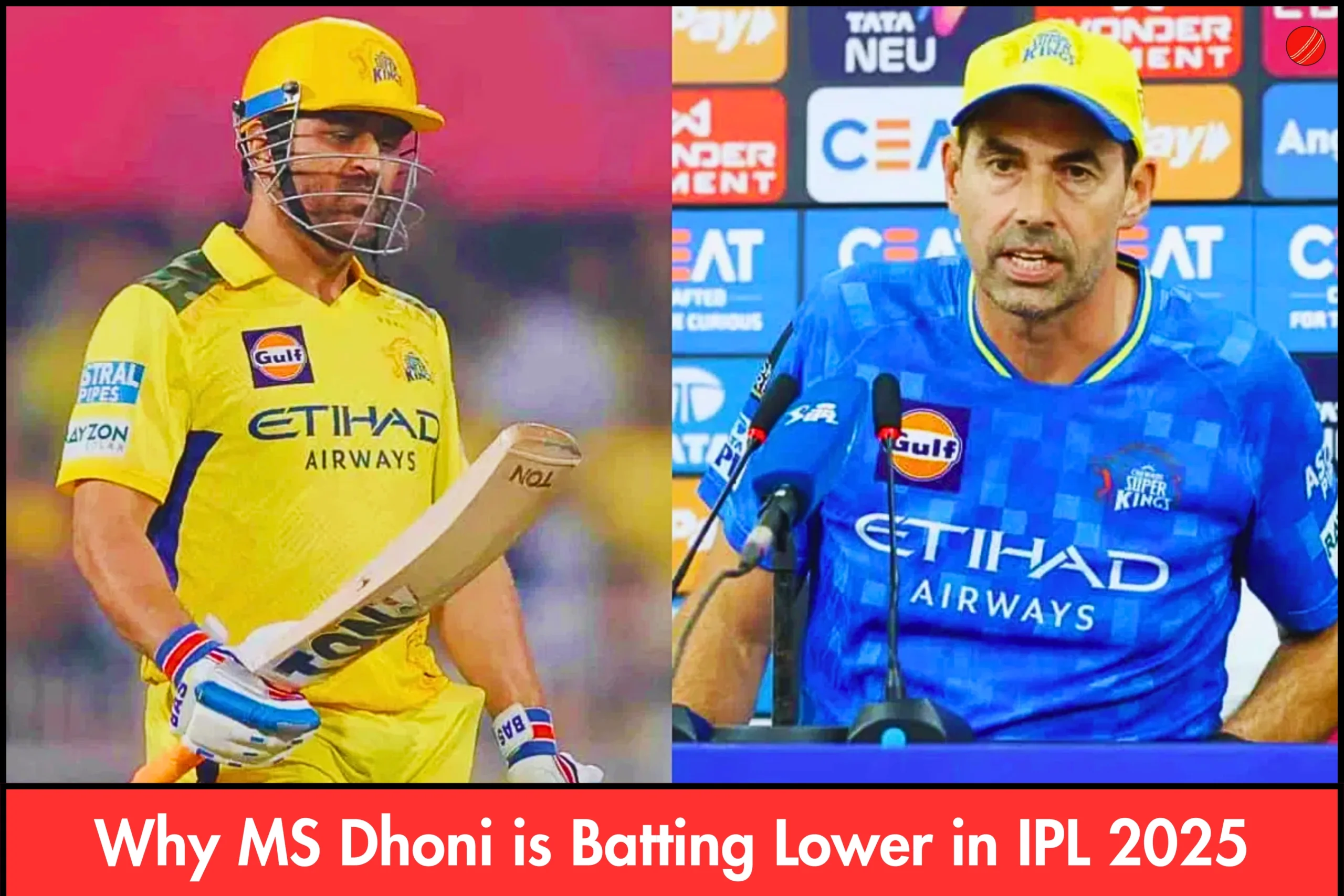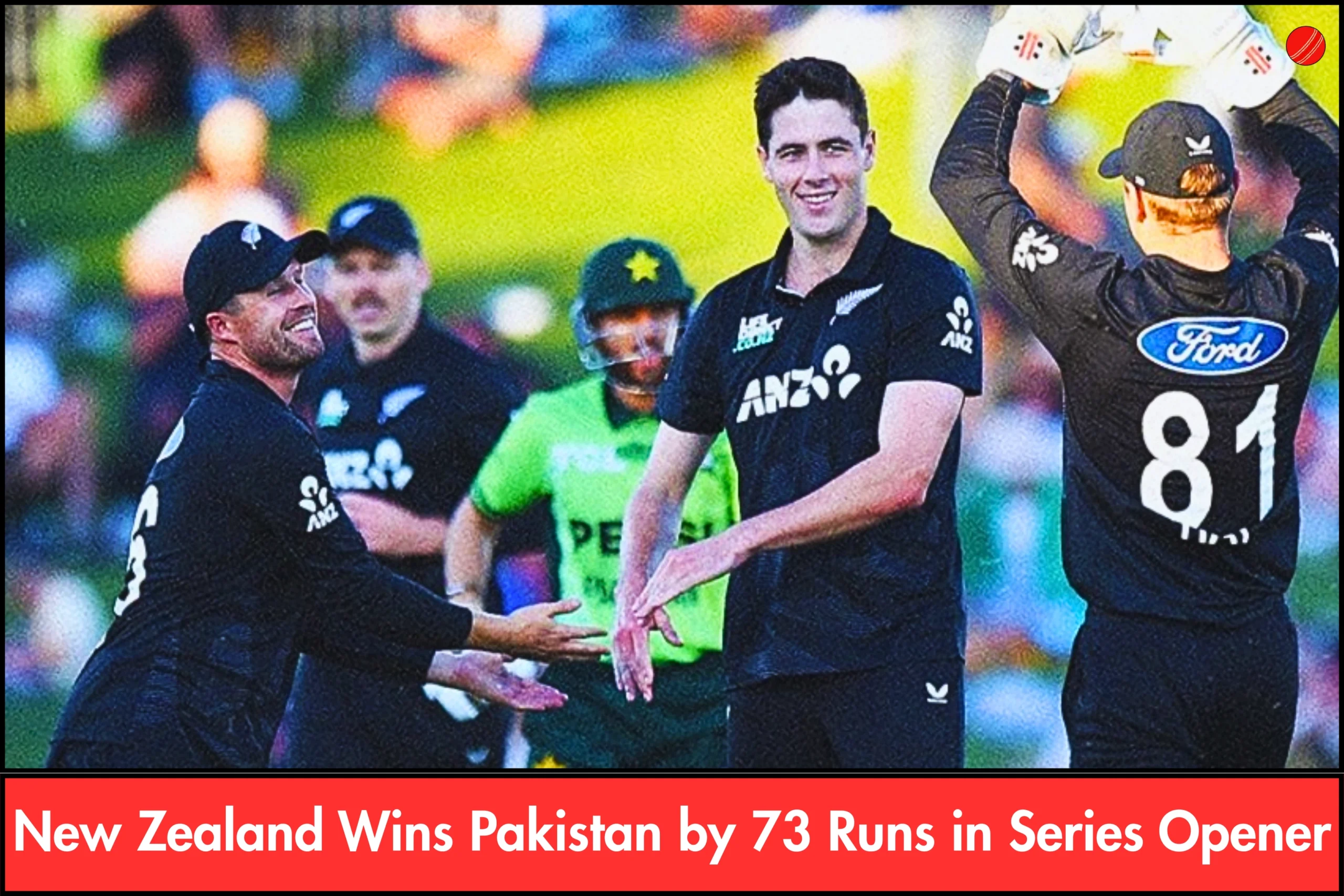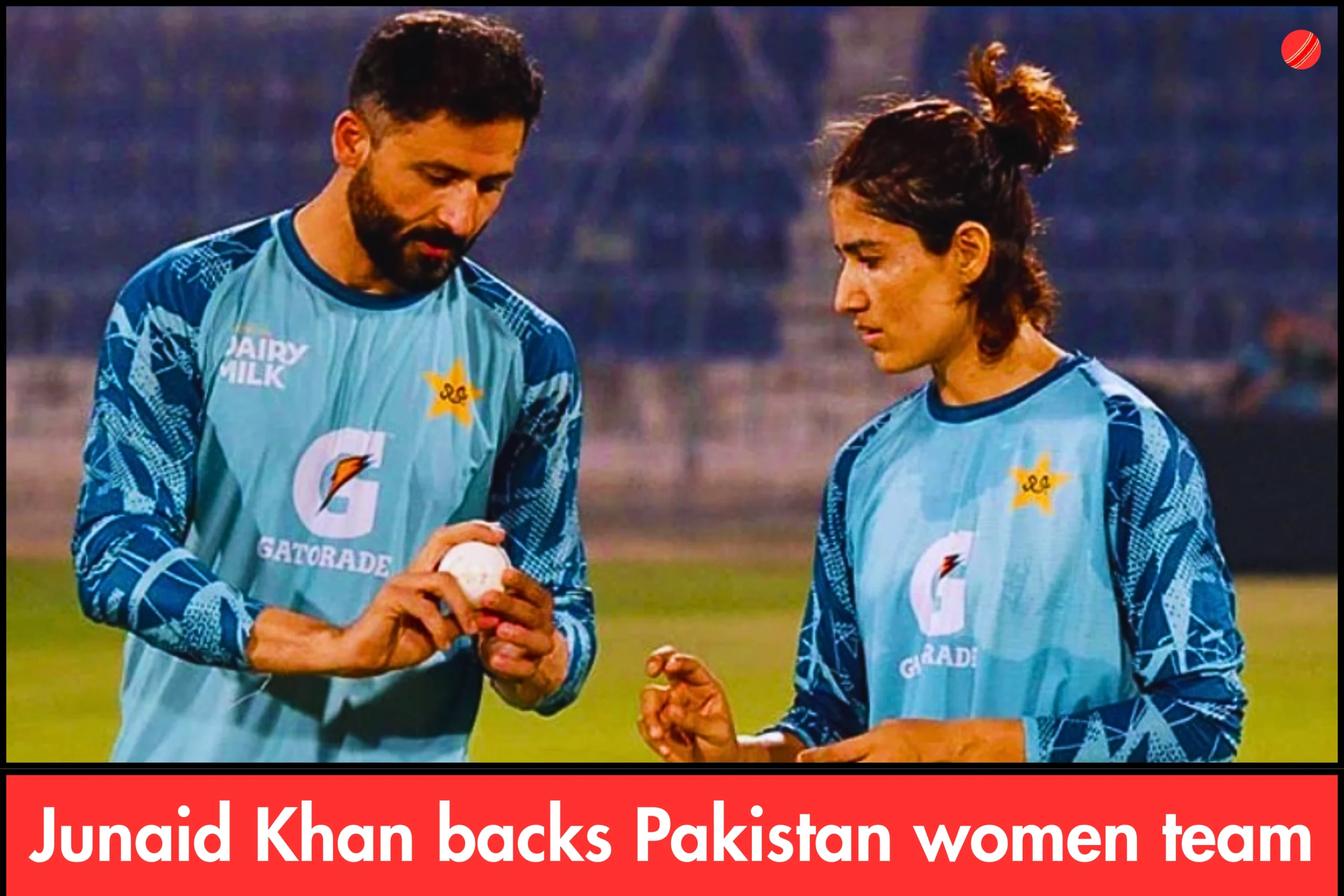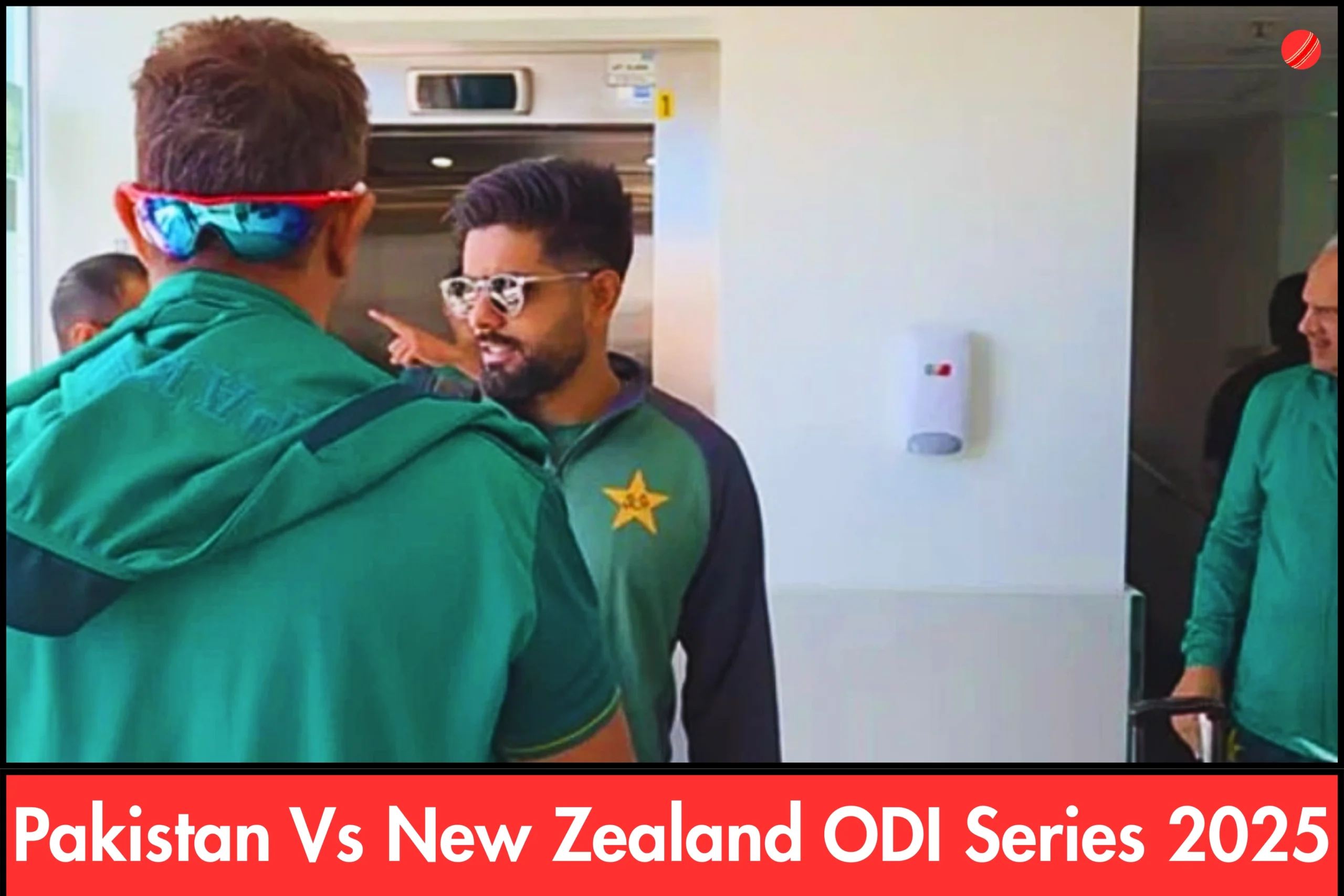Australia
Australia journey in the 2025 ICC Champions Trophy has been marked by resilience and adaptability. As they prepare for the semi-final clash against India, the team faces significant challenges that could impact their performance.
Injury Woes: Matthew Short Absence
A major concern for Australia is the injury of opener Matthew Short. Short suffered a quad injury during the rain-affected match against Afghanistan, where he managed a quick 20 runs off 15 balls before his dismissal. His aggressive batting style had been instrumental in Australia’s campaign, notably scoring 63 runs in the opening match against England. Captain Steve Smith expressed doubts about Short’s availability for the semi-final, stating, “I think he’ll be struggling… it’s probably going to be too quick between games for him to recover.”
Bowling Setbacks: Pace Trio Unavailable
Australia bowling lineup has also been disrupted. The team is without its frontline pace trio: Mitchell Starc withdrew for personal reasons, Pat Cummins is sidelined due to an ankle injury, and Josh Hazlewood is also unavailable. This situation has led to a revamped pace attack featuring Spencer Johnson, Nathan Ellis, Sean Abbott, and Ben Dwarshuis. Despite their limited international experience, these bowlers have shown potential.
Spin Concerns: Adam Zampa Form
The spin department, traditionally a strength for Australia, is facing challenges. Lead spinner Adam Zampa has admitted to not being in peak form ahead of the crucial match against India. He acknowledged his subpar performances but remains optimistic about contributing effectively, emphasizing his ability to take crucial wickets even when not at his best.

Strategic Preparations: Countering India Spin
India spin attack has been formidable throughout the tournament, with Varun Chakravarthy 5-42 against New Zealand highlighting their prowess. Steve Smith emphasized the need for Australian batsmen to handle spin effectively in the middle overs to secure a victory. He noted, “We’ve seen how effective their spinners have been, especially in these conditions. It’s crucial we navigate that phase smartly.”
Venue Dynamics: India Familiarity with Dubai
The semi-final will be held at the Dubai International Stadium, a venue where India has played all its matches due to geopolitical reasons. This consistent exposure gives India a familiarity advantage, especially on spin-friendly pitches. Australia, having traveled from Pakistan to Dubai, faces the challenge of quickly adapting to the conditions.
Leadership and Experience: Steve Smith Role
Amid these challenges, Steve Smith’s leadership becomes pivotal. After overcoming past controversies, Smith has led Australia with determination, achieving significant milestones, including surpassing 10,000 Test runs and securing a Test series win in Sri Lanka. His experience and strategic acumen will be crucial in guiding the relatively inexperienced squad against a seasoned Indian team.
Team Dynamics: Opportunities for New Talent
The absence of key players opens opportunities for emerging talents. Jake Fraser-McGurk, known for his explosive batting, and all-rounder Aaron Hardie are potential inclusions to fill the void left by Short. Additionally, Cooper Connolly has been named as a traveling reserve, ready to step in if required.
Historical Context: Australia ICC Tournament Resilience
Historically, Australia has showcased resilience in ICC tournaments. Their ability to perform under pressure and adapt to challenging situations has been a hallmark of their cricketing journey. This resilience will be tested as they face India, a team with a strong spin attack and familiarity with the Dubai conditions.

